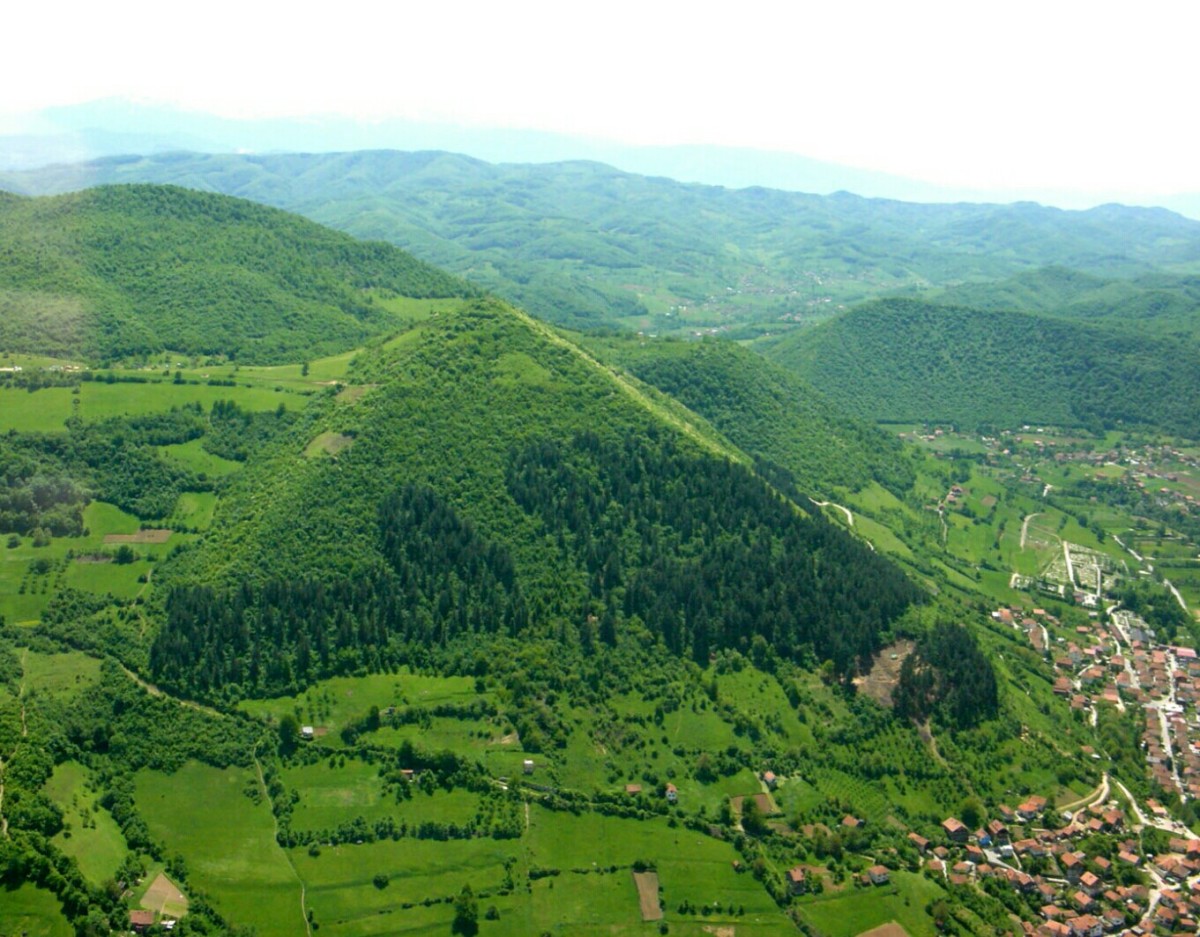- HubPages»
- Education and Science»
- History & Archaeology»
- Archaeology
Google Puts Dead Sea Scrolls Online
Remembering a Professor's Comment in an Ancient History Class
September 28, 2011
I still remember sitting in my Ancient History class my freshman year of college and hearing my professor, the late Theodore N. Thalassinos, casually commentin the course of answering another student’s question about the Dead Sea Scrolls, I have read the Dead Sea Scrolls.
This memory from that long ago class came to mind yesterday morning when, after clicking on the Google Doodle commemorating Google’s thirteenth birthday, I saw a link to an article announcing that the day before (September 27, 2011) Google, in cooperation with the Israel Museum, had put the 2000 year old Dead Sea Scrolls online for the world to view.
This project is one of Google's many projects designed to make human knowledge collected over time easily available to everyone via the Internet.
Discovery of Dead Sea Scrolls
First discovered in 1946 or 1947, almost 20 years before that day in class, by a Bedouin shepherd named Muhammad Ahmed al-Hamed, the documents which have come to be known as the Dead Sea Scrolls, are currently the oldest original Biblical documents in existence.
Muhammad Ahmed al-Hamed had been looking for one of his lost sheep (although some accounts say he was looking for hidden treasure in the numerous caves in the area) when he fell into one of the caves and discovered a number of clay jars containing parchments.
Muhammad Ahmed al-Hamed and his cousin appear to have taken some of the scrolls from the cave and simply kept them in their tent for a while before deciding to try to sell them. They first approached a dealer in the market who declared the scrolls worthless and warned that what they had found may have originally been been stolen from a Jewish synagogue.
However, the two didn’t give up and continued on to other dealers in the local market where they eventually found some interest.
Among those interested was a Jewish archaeologist, Professor E. L. Sukenik, and a Syrian Orthodox Christian.
The Syrian took four of the original seven scrolls to the Syrian Jacobite Monastery of St. Mark in Jerusalem in an attempt to determine their value. The other three were sold and ended up in the hands of Professor Sukenik.
The four scrolls taken to St. Mark’s ended up being purchased for a nominal amount by Mar Athanasius Yeshua Samuel, Metropolitan of the Syrian Jacobite Monastery of St. Mark in Jerusalem who, after viewing the scrolls had been certain that they were authentic ancient scrolls.
Dead Sea Scrolls Found Near Ancient Essene Ruins of Qumran
The location of the caves in the cliffs around the Dead Sea where the scrolls were found is near the archaeological site known as Qumran (or Khirbet Qumran in Arabic) which is located a short distance inland from the Dead Sea.
Qumran was built a century or so before the birth of Christ during the Hellenistic Period and was destroyed by the Romans during the Jewish Revolt against the Romans (also known as First Jewish-Roman War) which took place from 66 - 73 A.D.
Most scholars believe that Qumran was home to a Jewish sect known as the Essenes who flourished in that era. It is also believed that the Dead Sea Scrolls were produced by the Essenes.
The destruction and location of the Qumran settlement is mentioned in the first century writings of both the Roman historian Pliny the Elder (23 A.D. to 79 A.D.) and the Jewish historian Titus Flavius Josephus (37 A.D to 100 A.D.).
Nineteenth century archaeologists located and explored the Qumran ruins and found them to be as Pliny and Josephus described. However, their excavations never yielded any scrolls and these remained hidden in the caves a short distance from the settlement until Muhammad Ahmed al-Hamed and his cousin discovered them in the winter of 1946-47.
War Overshadows News of Discovery and Results in 4 Scrolls Being Brought to the United States
While the discovery of the Dead Sea Scrolls has since been hailed as the most significant archaeological find of the Twentieth Century, the actual discovery was initially overshadowed by world events.
World War II had ended a year before the discovery and no sooner had that war ended then violence and fighting began to break out within the area that was then the British ruled Palestinian Mandate as various groups fought for independence from British rule as well as internal fighting over whether the area covered by the Mandate would be Jewish or Arab.
The November 1947 U.N. decision to divide the Mandate into a Jewish state (Israel) and an Arab state (Jordon) led to more fighting rather than less. When Israel declared its independence on May 14, 1948, the neighboring Arab nations declared war on the new nation.
It was during this period of chaos that Mar Athanasius Yeshua Samuel, the Metropolitan of St. Mark’s Monastery was re-assigned and sent to the United States to manage the fledgling Syrian Jacobite Orthodox Church in the United States and Canada. He brought the four scrolls with him and continued to try to determine what they were and what they were worth.
Despite the fighting going on around them, scholars and treasure hunters had become aware of the original discovery and the historical significance of the scrolls. The search for more scrolls began and more scrolls began to be found by both Bedouin treasure hunters and local Jewish archaeologists who began to study them.
While some of the scrolls (or fragments as many were simply fragments) found their way to private collections or universities in Europe and North America, many remained in the area of the old British Palestine Mandate.
Four of Original Seven Scrolls Purchased for $250,000 and Returned to Israel
When peace finally came, the north shore of the Dead Sea, where the caves containing the scrolls and the ruins of Qumran were located, fell within the borders of the new nation of Jordan. Many of the scrolls that had been recovered by archaeologists were in the Rockefeller Museum in East Jerusalem which was also a part of Jordan.
Other scrolls, including the four brought to the United States by Mar Athanasius Yeshua Samuel ended up in the Israel Museum in, what was then Israeli controlled West Jerusalem.
On June 1, 1954 Mar Athanasius Yeshua Samuel placed an ad in the Wall Street Journal offering Four Dead Sea Scrolls for sale. Yigael Yadin, the retired Chief of the Israeli Defense Forces (IDF) and a professional archaeologist, saw and responded to the ad. With the aid of some wealthy benefactors, Yadin was able to raise the funds and purchased the four scrolls from Mar Athanasius Yeshua Samuel for U.S. $250,000.
Yadin’s father, Professor E. L. Sukenik had purchased three of the original seven scrolls found by Muhammad Ahmed al-Hamed but in the chaos of the war that existed at the time he had been unable to make contact with Mar Athanasius Yeshua Samuel to obtain the other four.
972 Dead Sea Scrolls and Fragments Have Now Been Discovered
Following Israel’s victory in the Six Day War in 1967, Israel gained control of all of Jerusalem and the territory west of the Jordan River (the occupied West Bank).
Laying within this territory are the ruins of Qumran, the caves in the cliffs along the north shore of the Dead Sea and the Rockefeller Museum with its collection of Dead Sea scrolls
In the decades since the discovery of the first seven scrolls by Muhammad Ahmed al-Hamed some 972 texts (scrolls and fragments of scrolls) have been discovered and translated.
These 2,000 year old documents have greatly increased our knowledge of the Old Testament of the Bible and the early years of Christianity.
Scrolls are Now Being Made Available for All to View and Study
The Digital Dead Sea Scrolls Project between the Israel Museum and Google is intended to put the Israel Museum’s large collection of Dead Sea Scrolls online in digital format for the world to view.
In addition to being able to view copies of the original scrolls and their text, one can also move the cursor over the text to see an English translation and scholarly commentary on the text being viewed.
Due to the fragile nature of the scrolls, viewing and working with them in past years has always been limited to a few scholars. With this project, which is planned to be completed by 2016, anyone can view and study these original texts online.
Not only that, but thanks to sophisticated photography, the online text is clearer (and in some cases even showing text too faded to be seen on the original parchment with the unaided eye) than on the parchment originals giving everyone a better view than many scholars have had in their work to date.
The motivation behind the project is to make these documents readily available to scholars all over the world. However, by making the material easily available online, anyone in the world can now view and study these ancient texts.
Professor Thalassinos Would Have Enjoyed this Site
When Professor Thalassinos made his comment in class years ago the Dead Sea Scrolls were a relatively new discovery kept securely locked away in the bowls of libraries of great universities like the University of Chicago where the professor was completing his PhD at the time.
To students, like me, sitting in a classroom in the relatively remote Wisconsin State University in Superior, Wisconsin Professor (now University of Wisconsin Superior) Thalassinos was a link to ancient knowledge residing far away.
Unless Professor Thalassinos had the opportunity to travel to Israel and view the collection at the Israel Museum, I doubt that he got to see more than whatever pieces of the scrolls were held by the University of Chicago.
The professor died in 1987, but had he lived, I am sure he would be eagerly viewing and reading the texts (he knew the ancient languages in which they were written) online at the Israel Museum’s Digital Dead Sea Scrolls site
Links
- Digital Dead Sea Scrolls
Link to Digital Dead Sea Scrolls Site
Area Where Dead Sea Scrolls Were Found
Mt. Zion in Jerusalem, Israel, approx location of the Syrian Jacobite Monastery of St. Mark where four of the first seven Dead Sea Scrolls were taken




